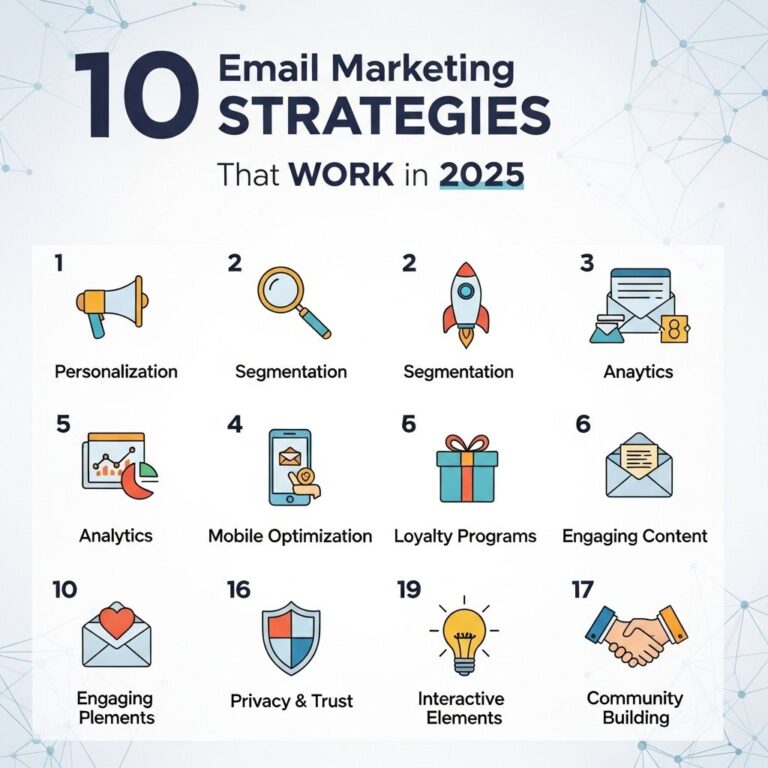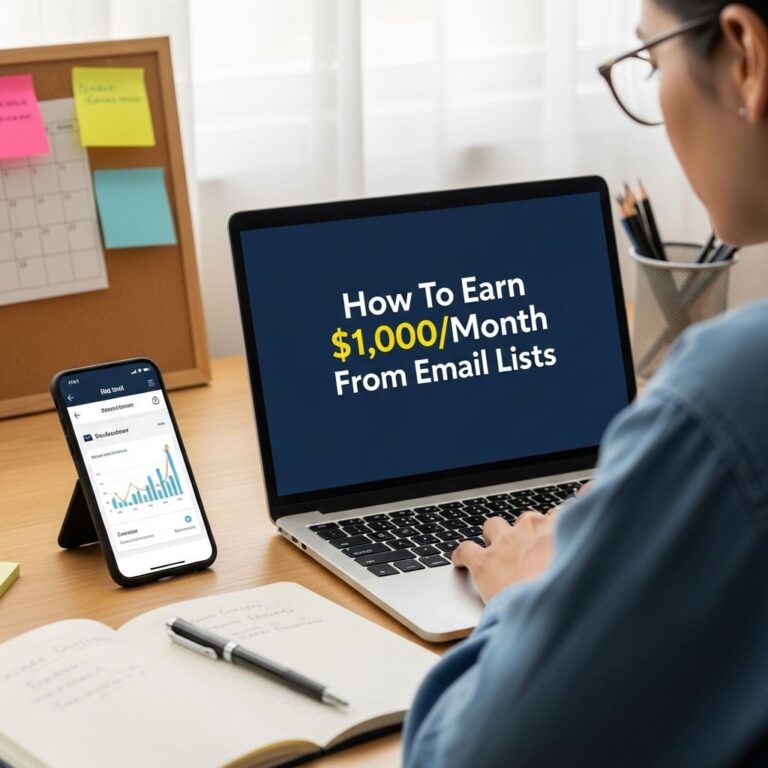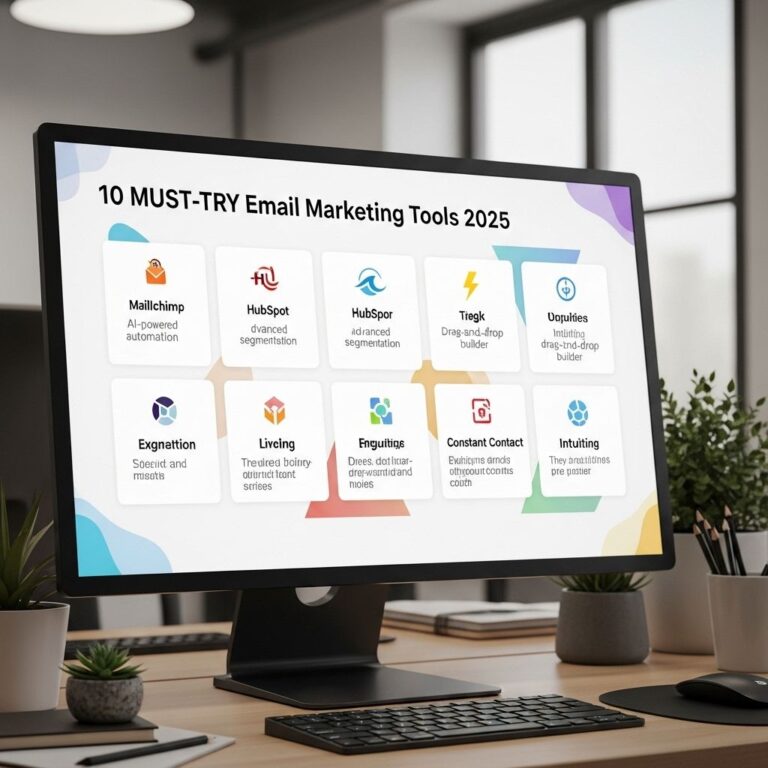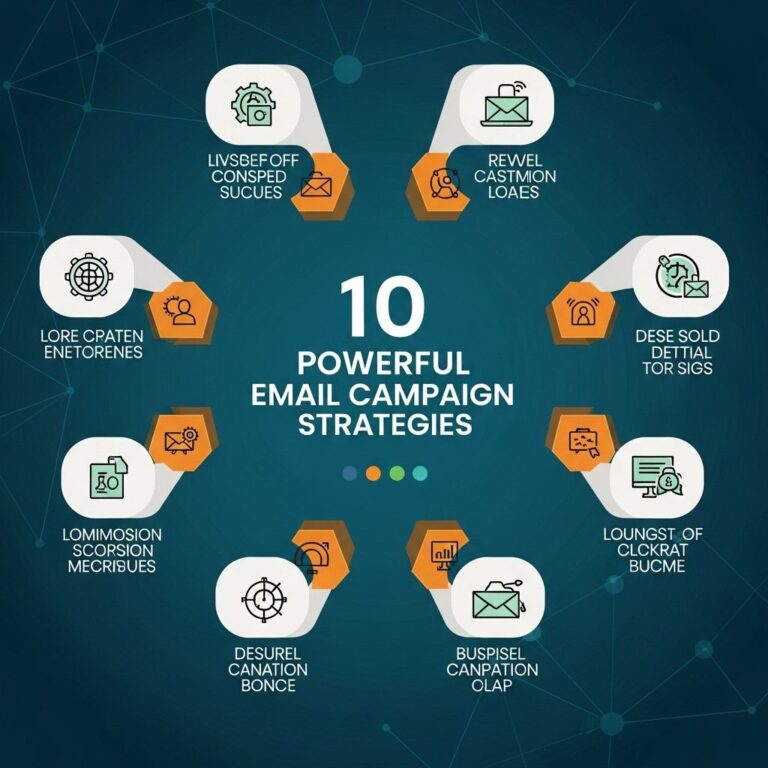Cold emailing is an essential skill for anyone looking to expand their network, generate leads, or grow their business. The simplicity of sending an email belies the complexity of crafting one that resonates with its recipient. To maximize your chances of a successful response, you need to tailor your approach, segment your audience, and employ effective templates that can be personalized to fit your needs. Below, you’ll find ten cold email templates designed to convert quickly and efficiently, each structured to address specific circumstances.
Table of Contents
Understanding Cold Email Basics
Before diving into the templates, it’s crucial to understand a few principles that underpin effective cold emailing:
- Personalization: Use the recipient’s name and reference their company or accomplishments.
- Clear Value Proposition: Explain how your product or service can solve a problem or add value.
- Call to Action (CTA): Encourage the recipient to take a specific action, whether it’s scheduling a call or replying to your email.
- Follow Up: Don’t be afraid to send follow-up emails if you don’t receive a response.
Template 1: The Simple Introduction
This template is ideal for making a first impression without overwhelming the recipient.
Subject: Quick Introduction
Hi [Recipient's Name],
I hope this email finds you well! My name is [Your Name] and I’m with [Your Company]. We specialize in [Your Niche] and have helped businesses like [Example Company] achieve [Result].
I’d love to discuss how we could assist [Recipient's Company] with [Specific Need]. Are you available for a brief call next week?
Best,
[Your Name]Template 2: The Value Offering
Demonstrate immediate value from the start with this template.
Subject: Helping You [Achieve Goal]
Hi [Recipient's Name],
I noticed that [Recipient's Company] is striving to [Specific Goal]. At [Your Company], we recently helped [Another Company] achieve [Specific Result] in just [Time Frame].
I believe we could deliver similar results for you. Can we schedule a quick chat to explore this?
Regards,
[Your Name]Template 3: The Common Connection
Leverage mutual connections to establish trust.
Subject: [Mutual Connection's Name] Suggested I Reach Out
Hi [Recipient's Name],
[Mutual Connection's Name] mentioned that I should connect with you regarding [Specific Topic]. At [Your Company], we specialize in [Your Service], and I think it could be beneficial for [Recipient's Company].
Would you be open to a conversation?
Best,
[Your Name]Template 4: The Event Follow-Up
Reconnect after a networking event.
Subject: Great to Meet You at [Event Name]
Hi [Recipient's Name],
I enjoyed our conversation at [Event Name]. Your insights on [Their Insight] were particularly fascinating. I wanted to follow up and see if you’d be interested in discussing how [Your Company] can help [Recipient's Company] with [Challenge].
Let me know your availability.
Cheers,
[Your Name]Template 5: The Case Study Approach
Use a brief case study to draw attention to your success.
Subject: How We Helped [Client] Achieve [Result]
Hello [Recipient's Name],
I wanted to share a quick story about how we assisted [Client] in overcoming [Challenge]. By implementing [Your Solution], they saw [Results].
I’d love to discuss how we can achieve similar results for [Recipient's Company]. Are you free next week for a quick chat?
Sincerely,
[Your Name]Template 6: The Direct Approach
Sometimes, simplicity is the best strategy.
Subject: Let's Connect
Hi [Recipient's Name],
I’m reaching out because I believe [Your Company] can help [Recipient's Company] with [Specific Problem]. I’d appreciate the opportunity to discuss this further.
Can we set up a time to chat?
Thanks,
[Your Name]Template 7: The Industry Insight
Position yourself as a thought leader.
Subject: Insights on [Industry Trend]
Hi [Recipient's Name],
I wanted to share some insights on [Industry Trend] that may impact [Recipient's Company]. At [Your Company], we’re exploring solutions that address these changes.
Would you be open to discussing this further?
Best,
[Your Name]Template 8: The Survey Approach
Engage your audience with a survey.
Subject: Quick Question for You
Hi [Recipient's Name],
I’m conducting a brief survey on [Topic]. I’d love to get your input! It will only take 2 minutes.
In return, I’d be happy to share the results with you, along with suggestions for [Specific Improvement]. Interested?
Thanks,
[Your Name]Template 9: The Reminder Email
Follow up professionally.
Subject: Following Up on My Previous Email
Hi [Recipient's Name],
I wanted to circle back regarding my last email. I understand you’re busy, but I believe we have a potential opportunity to [Value Proposition].
Let me know if you’re interested in chatting.
Warm regards,
[Your Name]Template 10: The Thank You Email
Express gratitude and create a lasting impression.
Subject: Thank You!
Hi [Recipient's Name],
Thank you for taking the time to connect last week! I appreciated your insights and wanted to reiterate my interest in working together to [Specific Solution].
Looking forward to hearing from you!
Best,
[Your Name]Final Thoughts
The key to successful cold emailing lies in understanding your audience and continuously refining your approach. These templates serve as a foundation for you to customize based on your unique voice and the specific circumstances of your outreach. Remember to track your responses and adjust your strategies accordingly. Happy emailing!
FAQ
What are cold email templates?
Cold email templates are pre-written email formats designed to reach out to potential customers or clients who have not previously interacted with the sender.
How can cold email templates help in sales?
Cold email templates can streamline the outreach process, save time, and improve conversion rates by providing persuasive and structured messaging.
What key elements should be included in a cold email template?
A successful cold email template should include a compelling subject line, a personalized greeting, a clear value proposition, a call to action, and a professional closing.
How do I personalize cold email templates?
You can personalize cold email templates by including the recipient’s name, referencing their company, mentioning a mutual connection, or tailoring the content to address their specific needs.
What are some common mistakes to avoid when using cold email templates?
Common mistakes include being overly salesy, neglecting to follow up, not conducting proper research on the recipient, and failing to provide clear value.
How can I measure the success of my cold email campaigns?
You can measure the success of cold email campaigns by tracking open rates, response rates, click-through rates, and ultimately, conversion rates.









